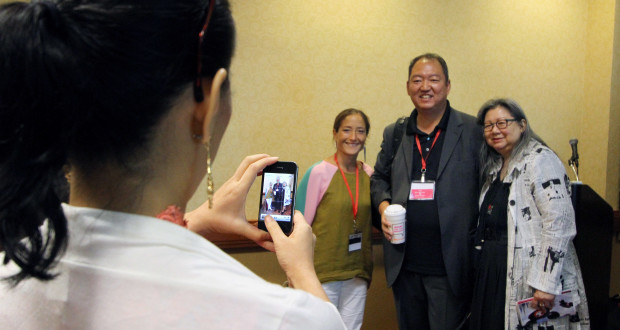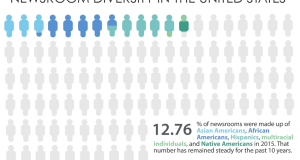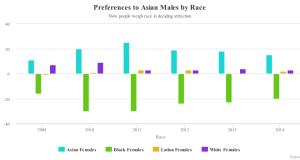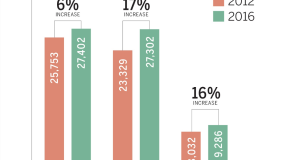With the advancement in photography equipment and ways to share images, some photojournalists argue this is a great time for photography. But don’t expect to hear that from the 28 Chicago Sun-Times photographers who were laid off on May 30, a move that management said was in line with the paper’s focus on video.
The seeming juxtaposition underscores the unpredictable time in the photography world. Just as some news organizations are revamping and prioritizing their photography departments, others such as the Sun-Times are cutting some of the nation’s most seasoned photographers. John H. White, winner of a 1982 Pulitzer Prize and a 35-year veteran of the paper, was one of the photographers who were laid off.
“The whole Sun-Times idea, what they’re trying to do, doesn’t make any sense,” said Scott Strazzante, a photographer with the rival Chicago Tribune. “I think it was just a desperate money-saving move that was so shortsighted.”
The Sun-Times isn’t the only media organization to cut photographers; USA Today and The Washington Times have dramatically reduced their staffs.
While the outlook for photojournalism seems grim, Strazzante cited the Los Angeles Times, Orange County Register and Chicago Tribune as papers that are still investing in photography.
This is “the golden age of photography,” he said. “I can take a photo of something on Michigan Avenue on my iPhone and put it on Instagram and within one minute someone in Japan is commenting on it.”
Still, Minneapolis Star Tribune photographer and longtime AAJA J Camp instructor Kyndell Harkness expressed concern with the Chicago Sun-Times’ decision.
Harkness says that she gets out into the community more than her writing colleagues, and thus is a valuable source of story ideas.
“News organizations are a service to the community,” she said. “When you cheapen the product in a way that hurts our community, then I have a problem with that.”
Ben Lowy, a freelance photographer based in New York, noted that many in newspaper management come from a print background.
“They probably don’t realize that most people look at images first, and that’s what captures them,” he said. “We’re a visual culture.”
With recent innovations in photography equipment, digital image quality has reached an unprecedented level.
“With the other cameras that I had, it was really difficult for me to get some key moments and key pictures at high school football games,” said Harkness, who recently upgraded to the newest line of Canon. “But with that camera, it’s almost like I can shoot in the dark.”
Strazzante, Lowy and Harkness agree that there is no going back to the past, and that photojournalists of the future will need to be able to do more than shoot pictures.
“You almost have to be a one-man band at times,” Strazzante said. “You can’t have enough skills in the media world.”
 VOICES Publishing from the AAJA National Convention
VOICES Publishing from the AAJA National Convention








